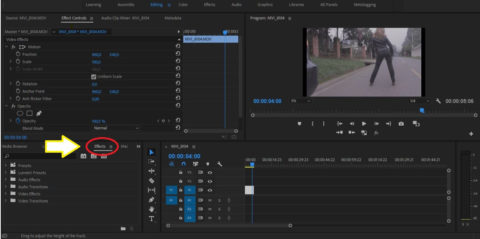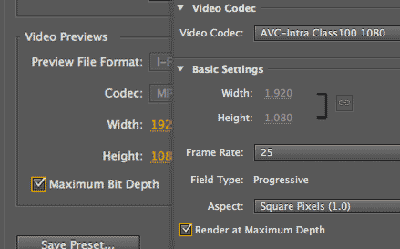
Apps like QuickTime or web browsers such as Chrome and Safari are actually set to Gamma 1.96 which is said to play back video in a way that seems closer to what you see in real life, lighter blacks and softer whites. This is not always the case and let’s be honest, most of us are not exporting or working on videos for broadcast.Īpplications are a lot less standardized than monitors and can vary in gamma profiles. Premiere Pro is set up for broadcast quality and assuming your monitor is calibrated for a standard Rec.709 and your footage shot with Gamma 2.4. Premiere Pro vs.Now there are a couple different reasons why this could be happening as we all have different editing setups, whether it be a PC or a Mac, the type of external monitor you’re using or even just the platforms/apps you’re playing back on as they can use varying display standards.

Click and drag it onto the timeline, dropping it on the track above your footage. The adjustment layer will appear in your project window.In the Project window on the bottom left, select New Item > Adjustment Layer, and click OK.


When your footage is on the timeline and ready to grade, select the Color Workspace at the top.And if you highlight certain subjects, you can direct the focus of your audience. It allows you to evoke very specific emotions and generate an atmosphere within a scene dictating what the audience is feeling. In other words, it’s a very useful way to speed up your color grading process, achieving professional results quickly and smoothly.Ĭolor grading is a really powerful tool in filmmaking.

When it comes to color grading, Premiere Pro LUTs transform color input values from your camera to your desired output values in the edit. LUT stands for “lookup table,” which is essentially a predetermined array of numbers that provide a shortcut for a specific computation.


 0 kommentar(er)
0 kommentar(er)
